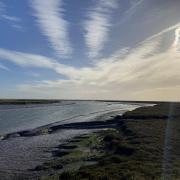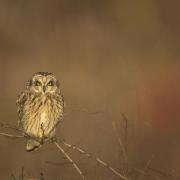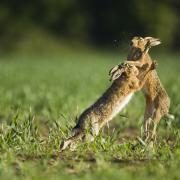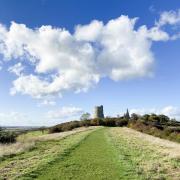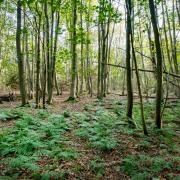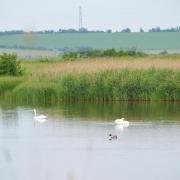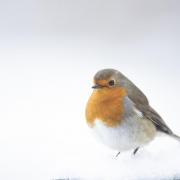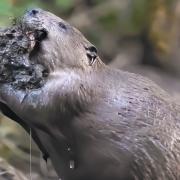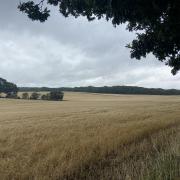Andrew Fallan explores Paper Mill Lock just outside the village of Little Baddow
Although stereotyped as a land of nightclubs, high heels and fake tans, all set against a backdrop of heavy industry, A-roads and urban sprawl, Essex is, for the most part, rather green and leafy. In addition to this, it is a truly coastal county, with long stretches of salt marsh, a scattering of islands and vast swathes of estuarine mudflats. Consequently, Essex also boasts its fair share of rivers and inland waterways and on a warm summer’s day there is nothing more soothing than to take a stroll alongside the tranquil waters of a gently meandering stream as it lazily wends its way amid the hazy tones of a lush rural landscape. And there are few finer places in which to do this than the area around Paper Mill Lock, just outside the village of Little Baddow, where the untroubled waters of the River Chelmer casually make their way to the coast.
Although I like to think that I know Essex quite well, I only discovered Paper Mill Lock relatively recently and I was quite taken aback at just how beautiful this area of fields, meadows and hedgerows is, especially considering its proximity to the town of Chelmsford and the A12. But there is far more to this area than mere aesthetics, and both the river and surrounding countryside seem to be quite a haven for wildlife.
During spring and summer the river attracts large numbers of damselflies, including the stunning banded demoiselle, which flutters gracefully over the slow-moving waters as if dancing to their laid-back rhythm. Chattering swallows, their glossy hues resplendent in the sunshine, swoop low over river and meadow alike, while alert ears may notice the once familiar call of the cuckoo, a species that has declined quite drastically in recent years, not to mention the celebrated song of the nightingale, another bird whose numbers have fallen dramatically. Nightingales are incredibly secretive birds and therefore not at all easy to see, but in early summer their exquisite, almost heavenly warbling rings out from patches of scrubby woodland and dense thickets, and to hear their rapturous refrain — often mistaken for a song thrush — is a truly blessed experience.
At Paper Mill Lock itself, mallards loiter in the river’s gentle flow, half expecting a handful of bread to be tossed their way, while a flash of yellow indicates the presence of a grey wagtail — a rather charming bird and one that is far more colourful than its name implies. In the surrounding countryside, the yellowhammer, another once familiar species that has suffered a serious decline, belts out its characteristic melodic rattle, and those with keen eyes may happen upon one of these canary-coloured beauties as it sings its heart out atop a thick and vibrant hedgerow. But for me the undoubted star is the little owl, a bird you may be lucky enough to spot in broad daylight as it sits nonchalantly on a tree branch, roosting in the sunshine. As its name suggests, the little owl is rather petite — about the size of a starling, if somewhat more rotund — yet what these strikingly handsome and charismatic creatures lack in size they more than make up for with their piercing yellow eyes and furious expression. Perhaps surprisingly for a species so at home in the English countryside, little owls are not actually native to the UK, having been introduced by the Victorians, though they are undoubtedly among my very favourite British birds.
Paper Mill Lock is well worth a visit at any time of year and you may be quite surprised at how beautiful this area of Essex is, not to mention by the richness of its wildlife. And there is no finer way to round off a morning or afternoon spent ambling along the river than to head to the tea room and sample a slice of their lemon sponge, which I can personally recommend!






